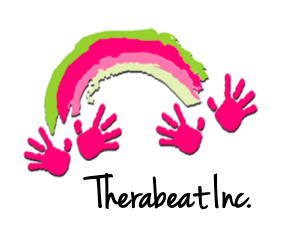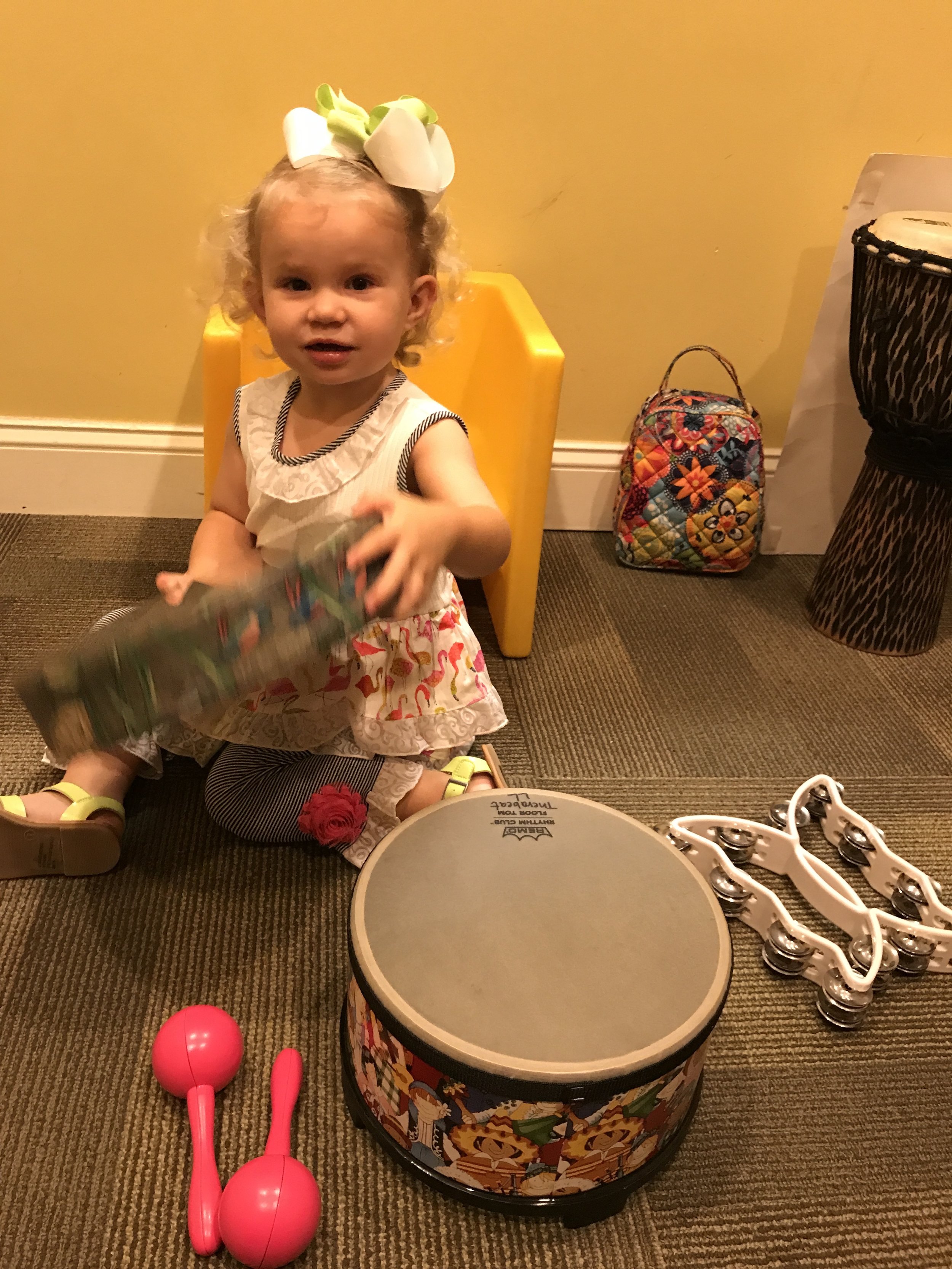What is Spatial Awareness?
Spatial awareness is the awareness of your body in space and the ability to organize knowledge of objects in relation to your body. When a child is developing spatial awareness they will become more aware of where objects are in relation to their body. Developing spatial awareness can be difficult for children with developmental coordination disorder; this is common in autism, cerebral palsy, and other conditions.
Signs of poor Spatial Awareness
Visual perception difficulties
Stand too close or too far from objects
Reproducing patterns, sequencing, and shapes
Strengths of poor Spatial Awareness
Strong in practical and concrete subjects
Excel at multi sensory learning
Good auditory memory skills
Technique of Body Orientation Exercises
Body Orientation Exercises use the same pattern as when a fetus develops in utero. In month two the baby begins to develop the brain and pelvis connections. In month three the baby develops all four limbs. In month five the baby begins to move; the first movement is folding horizontally, then left and right, and lastly crossing the midline. Throughout these exercises the therapist will apply light to deep pressure (depending on the needs of the client) when moving over the limbs.
The therapist starts at the center of the body and extends pressure out to the brain and to the pelvis.
The next part of the body that develops are the limbs individually; this means the therapist starts at the center and radiates out to each limb individually squeezing the end of the limb (hands and feet) always coming back to the center.
The body develops the ability to fold horizontally at five months in utero; the therapist will start at the center and extend to the upper extremities and then lower extremities squeezing the end of the limb (hands and feet) always coming back to the center.
Then the body develops the ability to identify left and right sides of the body after learning to fold horizontally; the therapist will start at the center and extend to the right side and then the left side squeezing the end of the limb (hands and feet) always coming back to the center.
Lastly the body develops the ability to cross over the midline after identifying left and right sides of the body; the therapist will start at the center and extend to opposite hand and foot (right hand, left foot, vise versa) squeezing the end of the limb (hands and feet) always coming back to the center.
This process allows the brain to become aware of where the limbs start and stop. For children with developmental coordination disorder this is important to facilitate development.
I start my session with these orientation exercises; it helps the client’s spatial awareness and allows them to make more progress in the session. I have used Body Orientation Exercises with a client who has Cerebral Palsy; after these exercises the client showed a noticeable increase in reaching for the instruments and playing them throughout the session.
-Dana LaValley, Music Therapy Intern
Cleveland Clinic (2017, April 26). Fetal development- stages of growth. Cleveland
Clinic. Retrieved from: https://my.clevelandclinic.org/health/articles/fetal-develo
pment-stages-of-growth
Eckersley, S. (2012, August 4). Spacial Awareness- Occupational Therapy [Web log
comment]. Retrieved from: http://occupationaltherapyforchildren.over-blog.com/
Article-spatial-awareness-108726104.html






